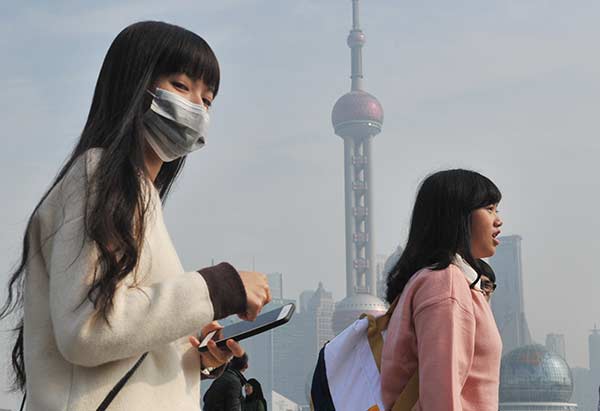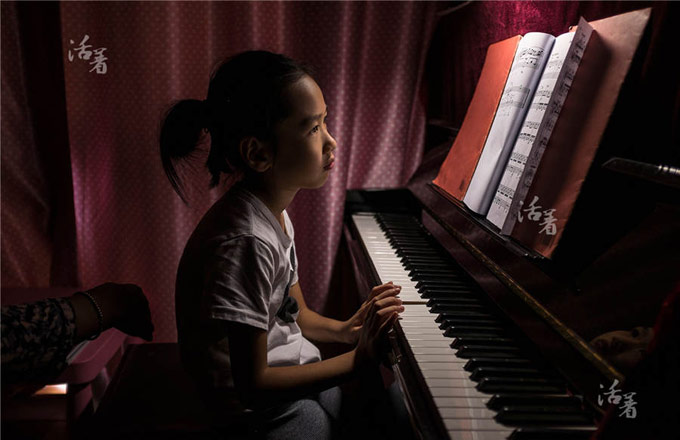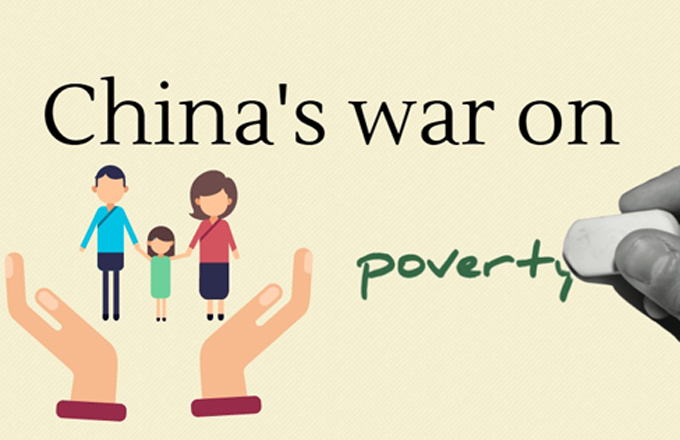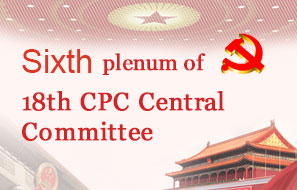Shanghai mechanism lowers thresholds for pre-warnings
 |
|
A woman wears a mask in Shanghai on Dec 5 as the city is hit by serious air pollution.Yang Yi / For China Daily |
The environmental authority in Shanghai unveiled an updated emergency response plan for severe air pollution on Wednesday, with an even more timely warning mechanism and improved response measures.
The new emergency plan, launched by the Shanghai Environmental Protection Bureau, lowered the thresholds for when pre-warnings can be launched, including a short-spell of heavy pollution. It said that the real-time density of PM2.5, a major air pollutant, was chosen as the main benchmark.
Open-air barbecues and burning garbage outdoors are banned on heavily polluted days. Companies in sectors including petrochemicals, steel, chemicals, cement, shipbuilding, painting, medicine, electronics and heat treatment are required to reduce or shut down production on heavily polluted days.
"People used to complain that the response plan often lagged behind the pollution. Drawing up the new plan involved taking citizens' opinions into consideration and it will bring more benefits to their lives," said Yang Xin, a professor at Fudan University's Department of Environmental Science and Engineering.
The new plan continues a four-tier warning system for severe pollution, with red being the most serious, followed by orange, yellow and blue. Overall, the thresholds for issuing air pollution warnings have been lowered, which means antipollution measures will be enacted earlier.
According to the new plan, a red alert will be issued if the Air Quality Index is forecast to exceed 400 over the next 24 hours, lower than the previous level of 450. An orange alert will be issued when the daily AQI is forecast to be between 301 and 400 for a day or between 201 and 300 for three days in a row. The previous criterion was 301-450 for a day. If the AQI reading is between 151 and 200, or short-time heavy pollution is expected, a blue alert will be issued.
The new plan also identifies a broader range of pollutants and puts forward more strong-handed measures in response to pollution. Operations at a wider range of factories that discharge pollutants will be suspended on smoggy days to cut emissions.
Wu Yiwei contributed to this story.



















